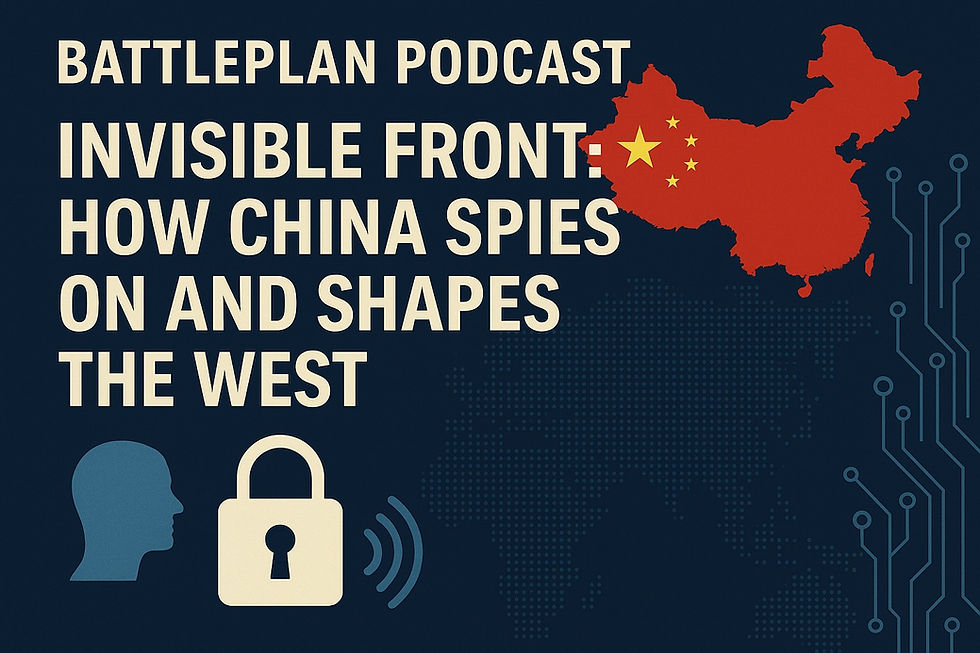Level Three Reading
- Jeremy Walters
- Jun 12, 2022
- 3 min read
In the Level Three Reading Exam there are two tasks. Task One consists of 13 short texts with an individual multiple-choice question whereas Task Two consists of a long text with seven multiple-choice questions.
Firstly let us look at task one. Below is a brief description of the task:
Exam Task
Reading Task 1 - Short Texts
In the Level 3 Reading Exam there are two tasks.
Task One consists of thirteen short texts of single paragraph length
(approx. 90 - 100 words)
For each paragraph there is a multiple-choice question with there options.
In practice the task looks like this:
Amid the growing tensions across the Taiwan Straits, media in the island of Taiwan added fuel to the fire by revealing that a small contingent of US special forces will be stationed in the island for some time, and help train Taiwan troops. Experts said that the new arrangement is a "service sale," which is unlikely to include core military subjects. The Democratic Progressive Party (DPP) authority's hype of the issue, on the other hand, has gradually revealed its intention to play the "US card," attempting to tie itself and the Biden administration to the same sinking ship.
Taken from the Global Times Newspaper
The recent deal between the US and Taiwanese governments involves the US ... A. deploying high-tech military assets B. providing military training support C. supporting the DPP administration
The positive aspect of the way Task One is organised is that if you are not familiar with a topic, or find the terminology too difficult, each new question offers a fresh start with a completely new paragraph and new topic. This means you have thirteen separate chances at gaining a point.
This unfortunately is not the case with TaskTwo. Here there is a single topic being discussed and so you must stay focused throughout the text, regardless of if it is your thing or not!
Lets take a look at the task:
Exam Task
Reading Task 2 - Long Text
Task Two consists of one long text consisting of approximately 750 words.
There are seven multiple choice questions normally corresponding to seven clearly defined paragraphs. The questions follow the order of the text.
Each question has four options labeled a - d.
N.B. As mentioned, the task usually consists of seven paragraphs with a separate question dedicated to each paragraph, as shown bellow.
The absurdity of parliament
Stella Creasy (MP) has criticised the “absurdity” of parliament’s approach to new mothers, after the Commons Speaker said it was up to the chair of a debate to decide whether MPs could bring in their babies. Creasy criticised the position of Sir Lindsay Hoyle, the Commons speaker, who suggested he and his deputies should use their discretion. In an interview, Hoyle said that it should be up to the MP chairing the debate to decide whether the presence of a baby would cause any disruption. But Creasy rejected this as a solution, saying it would not work in practice because an MP with a baby would have to decide whether to use her proxy vote 24 hours in advance or turn up to the debate and risk being turned away.
14. Stella Creasy’s claims that the Speaker of Parliament’s proposal …
a) unfairly prejudices against single parents in British politics
b) would not be practical in parliament on a day-to-day basis c) removes the right of debate chairs to use their discretion
d) may lead to chaotic scenes within a parliamentary debate
As can be seen, the numbering for the two tasks is consecutive and so Task Two will be numbered 14-20.



Comments